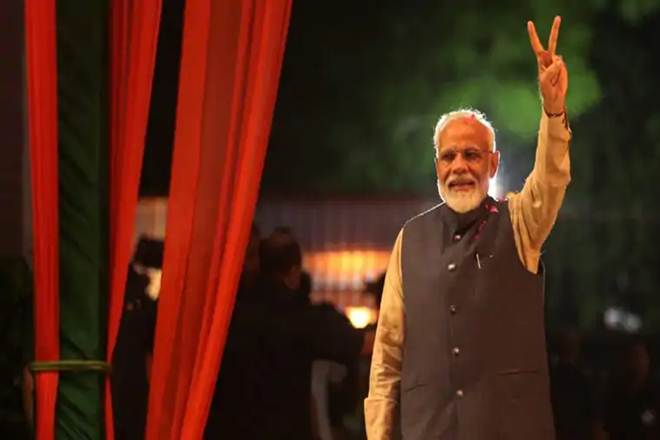Look right, not left. That’s the only way the NDA can pull the economy out of the trough. With not enough presence in the Rajya Sabha just yet it could be a couple of years before any meaningful reform in land and labour can take place. But, in the meantime, a chunky capex plan funded by more privatisation and used to build more infrastructure can put growth back on the rails at a time when global growth and trade are slowing.
A big infrastructure build–out, accompanied by an easier business environment can give industrialists especially exporters the break they’re looking for. While regulations for blue-collar workers do need to be changed before big business puts more money to work even small changes in the law could encourage small businessmen. They constitute a very large part of the economy and have lost out post demonetisation; they must be helped back on their feet because together with exporting firms, they can create jobs in big numbers which are badly needed. Apart from access to formal credit at affordable rates, small businesses need to be supported with affordable power since technology now can boost productivity. And even as the GST continues to be streamlined so as to make it more effective, tax terrorism must end.
Bigger spends on health and education — which don’t require any changes in the law — can also drive employment. Given the government’s balance sheet isn’t big enough and the private sector simply doesn’t have the capital to invest, attracting foreign capital is key. Many more sectors can be thrown open to FDI and the rules for foreign investment in sectors such as defence can be eased. While it is easier said than done, this is the time to sell or shut down unprofitable PSUs like Air India and BSNL and reallocate resources towards productive investment.
It is also time to stop capitalising inefficient public sector banks, at a heavy cost to the taxpayer, and try and sell some of the franchises. If industry and individual borrowers are to get affordable loans, state-owned lenders must become far more cost-efficient and merely merging weak banks with one another cannot help. The shadow banking crisis has shown how un-regulated financial entities can hurt the system; the key to ensuring a stable banking system is to have strong regulation so that losses in capital — close to `15 lakh crore in the last few years — don’t recur ever again. The way to collect more tax revenues — so to be able to spend more — is to simply tax laws, do away with all exemptions and lower the tax rate. If India’s potential growth is to go from 7% to even 8% there’s no room for being soft on the public sector. The pampering must stop now.


